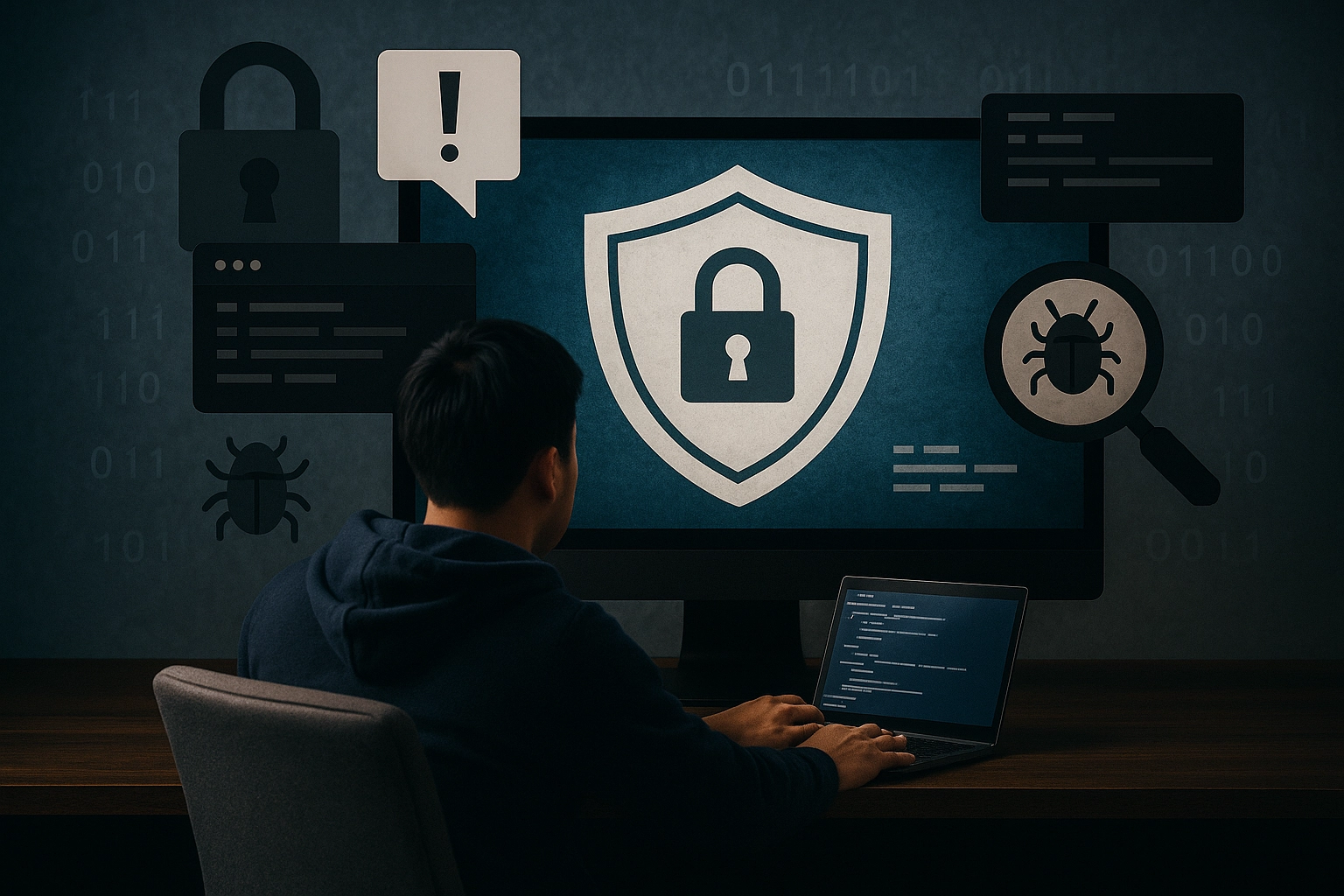ISO/IEC 27035 Incident Response Testing for Connected Vehicle Systems
The ISO/IEC 27035 standard provides a framework to ensure that organizations can effectively identify, analyze, contain, eradicate, and recover from security incidents. This service focuses on the testing of incident response capabilities specifically tailored to connected vehicle systems.
In today's highly interconnected automotive landscape, cybersecurity threats are more pronounced than ever before. Connected vehicles rely heavily on software for navigation, infotainment, diagnostics, and safety features. Any compromise in this software can lead to severe consequences ranging from minor data breaches to life-threatening situations. Thus, ensuring robust incident response measures is critical.
Our testing adheres strictly to the guidelines outlined in ISO/IEC 27035, which emphasizes continuous improvement through a cyclical process of planning, preparation, detection and analysis, containment, eradication, recovery, and lessons learned. This structured approach helps organizations identify vulnerabilities early and mitigate risks proactively.
The testing involves several key steps:
- Planning: Understanding the organization's operational context, identifying potential threats, defining roles and responsibilities.
- Preparation: Developing a comprehensive incident response plan that includes communication protocols, resource allocation, and necessary tools and technologies.
- Detection and Analysis: Monitoring systems for signs of an attack or breach, collecting relevant data, and analyzing it to determine the nature and extent of the threat.
- Containment: Isolating affected areas to prevent further spread of the incident.
- Eradication: Removing malware or other malicious elements that caused the incident.
- Recovery: Restoring normal operations and ensuring all systems are secure before resuming full functionality.
- Lessons Learned: Reviewing the entire process to identify areas for improvement and implementing changes accordingly.
The service includes detailed documentation of each step, providing a clear record of actions taken during an incident. This not only aids in compliance with regulatory requirements but also enhances overall security posture by fostering continuous learning within teams responsible for cybersecurity.
Our approach ensures that connected vehicle systems are resilient against cyber threats, thereby protecting passengers and drivers from potential hazards associated with compromised software.
Scope and Methodology
| Step | Description |
|---|---|
| Planning | The planning phase involves assessing the organization's operational context, understanding existing security measures, identifying potential risks, and defining roles and responsibilities. |
| Preparation | Involves developing an incident response plan that includes communication protocols, resource allocation, necessary tools and technologies, and regular training exercises for staff involved in responding to incidents. |
| Detection and Analysis | Monitoring systems continuously for signs of an attack or breach, collecting relevant data, and analyzing it to determine the nature and extent of the threat. |
| Containment | Isolating affected areas to prevent further spread of the incident. This may involve disabling certain network segments or stopping specific processes until the issue is resolved. |
| Eradication | Removing malware or other malicious elements that caused the incident. This could range from simple software updates to complete system reinstallation depending on severity and type of threat encountered. |
| Recovery | Restoring normal operations while ensuring all systems are secure before resuming full functionality. This includes verifying integrity of data, patching any vulnerabilities found during the incident response process. |
| Lessons Learned | A comprehensive review of the entire incident response cycle to identify best practices and areas needing improvement. Feedback from stakeholders is incorporated into future plans to enhance preparedness for similar events in the future. |
| Step | Expected Outcomes |
|---|---|
| Planning | An incident response plan that aligns with organizational goals and objectives, clearly defining roles and responsibilities. |
| Preparation | A well-trained team capable of handling various types of incidents efficiently. Regular drills to test readiness against simulated attacks. |
| Detection and Analysis | Prompt identification of threats allowing for quicker containment measures to be implemented effectively. |
| Containment | A secure environment where only authorized personnel have access, minimizing risk exposure during eradication activities. |
| Eradication | All traces of the incident are removed leaving behind a clean system ready for recovery operations. |
| Recovery | The business returns to its normal operational state without loss of critical information or functionality. |
| Lessons Learned | A documented history of all incidents experienced, serving as a valuable resource when planning for future events. |
Benefits
Implementing ISO/IEC 27035 incident response testing offers numerous benefits:
- Enhanced Security: By identifying and addressing vulnerabilities proactively, organizations can significantly reduce their exposure to cyber threats.
- Improved Efficiency: Streamlined processes result in faster resolution times for incidents, reducing downtime and associated costs.
- Better Preparedness: Regular drills help keep teams prepared for any eventuality, ensuring swift and effective responses when faced with real incidents.
- Regulatory Compliance: Adherence to industry standards like ISO/IEC 27035 demonstrates commitment to best practices recognized worldwide, enhancing credibility among stakeholders.
- Risk Management: Effective incident response strategies contribute towards overall risk management efforts by minimizing potential losses due to incidents.
- Customer Trust: Demonstrating strong cybersecurity measures instills confidence in customers regarding the safety and reliability of connected vehicle systems.
- Innovation Support: A secure environment encourages innovation within R&D departments knowing that robust security protocols are already in place.
- Cost Savings: Prevention is cheaper than cure. Investing in proper incident response procedures saves money by avoiding expensive repairs and replacements after incidents occur.
In conclusion, implementing ISO/IEC 27035 incident response testing for connected vehicle systems provides tangible advantages that contribute to the long-term success of any organization operating within this sector.





